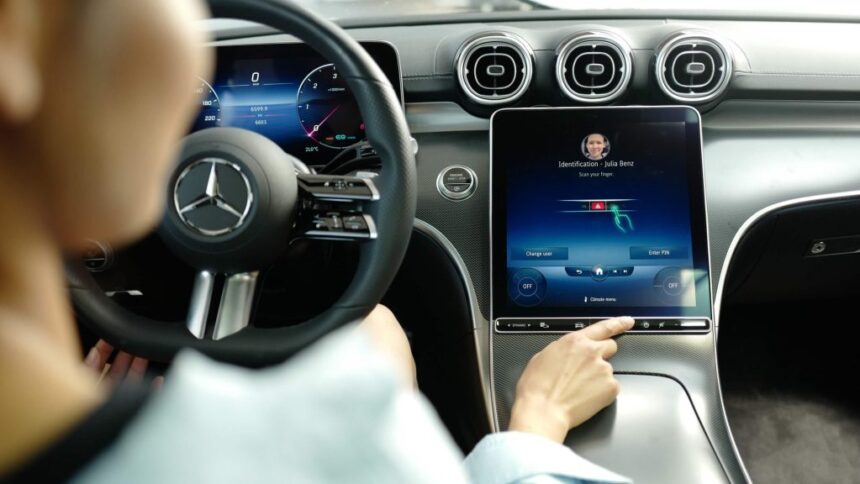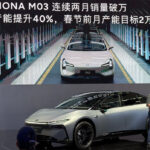In-vehicle payment has become a popular trend in the automotive industry, allowing users to conveniently purchase goods and services while on the go. There are three main application scenarios for in-vehicle payment: function subscription, in-vehicle shopping, and in-vehicle ETC.
Function subscription involves users purchasing various function packages such as seat heating, parking assistance, and lane change warning through the In-Vehicle Infotainment (IVI) system. In-vehicle shopping allows users to pay for parking, refueling, charging, car washing, and even purchase items like movies, music, and games through the automotive mall via IVI. Automotive ETC enables automatic payment of highway tolls, parking fees, and other related charges.
OEMs are focusing on enhancing their on-demand subscription services to offer users a wide range of features and services. Companies like Audi, BMW, and Mercedes-Benz have launched subscription packages to expand functions in infotainment, ADAS, and lighting scenarios. These subscription services can be conveniently purchased through IVI, with payment methods evolving to include IVI-native payment systems like Mercedes pay+.
IVI application stores are also expanding in-vehicle purchase scenarios by offering a variety of ecological applications. GAC announced an in-vehicle App store payment patent, allowing users to purchase goods without the need to scan QR codes on IVI. Harman Ignite Store supports multiple payment service providers and offers a range of apps including ChargePoint for charging services, Vector Unit for in-vehicle games, and Mavi for a seamless retail experience.
AI assistants like Alipay’s Zhi Xiao Bao and Huawei’s Celia are enhancing in-vehicle payment scenarios by providing personalized services and closed-loop payment systems. Alipay’s Zhi Xiao Bao offers a pure voice mode for in-vehicle payment, while Huawei’s Celia actively perceives data like fuel levels to streamline the refueling process.
ETC charging scenarios continue to expand, with companies like Xinlian Technology, Trans Tech, and Genvict offering smart transportation services based on ETC technology. OEMs are also incorporating ETC equipment into new vehicle models to provide seamless integration with IVI systems and empower more ETC application scenarios.
In conclusion, in-vehicle payment is revolutionizing the way users interact with their vehicles, turning smart cars into the next generation of “mobile wallets.” With the increasing adoption of in-vehicle payment solutions and expanding application scenarios, the future of in-vehicle commerce looks promising.







